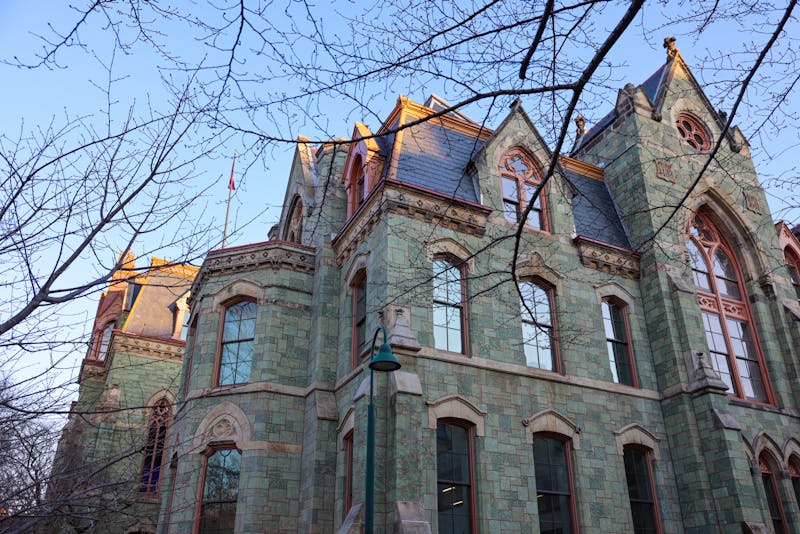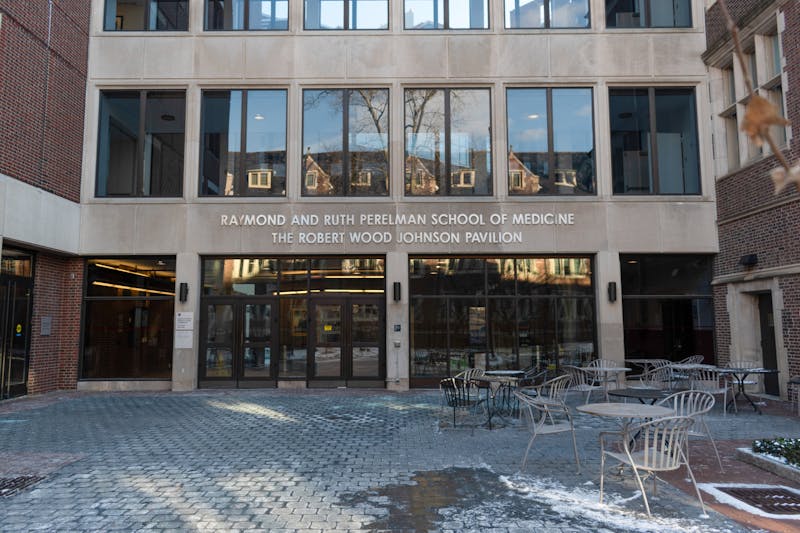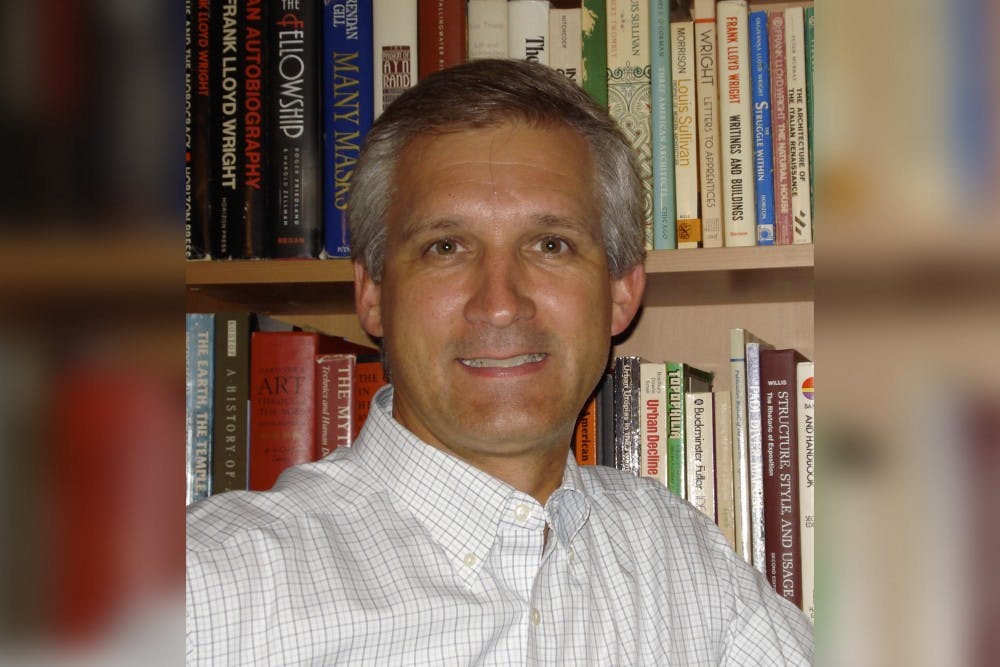
Mark Kocent knows the Quad. He should — he lived there for nine years: First as an undergraduate, then as a graduate student, and finally as Linda Kocent's husband when she was serving as a faculty fellow in the School of Nursing.
In fact, he was living on campus when his daughter was born.
Now, after a 40-year relationship with the University, Kocent has become the University Architect — a role which puts him in charge of renovating his old haunts and helming the design of the physical future of Penn's campus.
The previous University Architect, David Hollenberg, held the position from June 2006 until his partial retirement in June 2018. Kocent's appointment to the University Architect position became effective July 2.
Facilities and Real Estate Services Director of Communications Jennifer Rizzi confirmed that Hollenberg will continue to work with the Office of the University Architect on special projects, including the preparation a book of all construction projects completed on campus in the past 15 years.
Kocent, who also holds a bachelor's degree in architecture from Drexel University, was a 1982 College graduate, earning a degree in design of the environment and enlisting as a member of Kite & Key, according to QuakerNet, and serving as the corporation president of Sigma Chi. He soon returned to Penn graduating with a master's degree in city planning in 1991 from the School of Design.
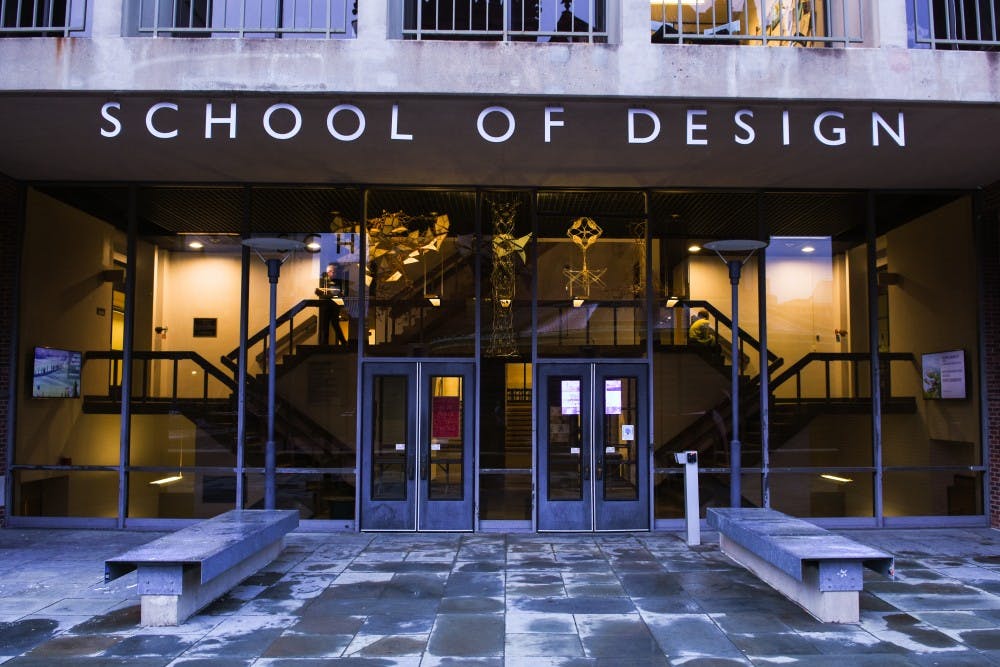
In his professional life, Kocent garnered experience including eight years working for Venturi, Scott Brown and Associates — a Philadelphia-based architectural planning and design firm. He said that he spent roughly 15 years working in private practice, with projects on a number of university campuses.
Kocent found his way back to his alma mater in 2004 when he began working as the University's principal planner.
Serving in this role for 14 years, Kocent notably managed the creation of the Penn Connects and Penn Connects 2.0 campus development plans, which were established in 2006 and 2012 respectively to guide the development and expansion of campus, particularly on land acquired along the Schuylkill River.
In his newest role, Kocent will act as the head of an office, which he characterizes as “the [steward] of the physical campus, both the buildings and the landscapes.”
As Penn's lead architect, Kocent oversees the design and preservation of the institution's facilities and will have a considerable number of responsibilities including the hiring of architects, the management of sustainability initiatives, and guiding the renovation of existing buildings alongside the design of new structures.
The Office of the University Architect works closely both with other departments within FRES and with the broader University leadership.
“We’re very much in partnership with the design and construction staff in our office, and the operations and maintenance staff, and the real estate and development staff," Kocent explained. "We all work together on a lot of these projects."
He added that building goals are “very carefully coordinated with the University leadership’s strategic plan for each of the schools and centers, and also with the development offices’ financial goals with each of the schools.”
Kocent noted that part of his work as University Architect will involve the development of Penn Connects 3.0, an updated version of the campus master plan.
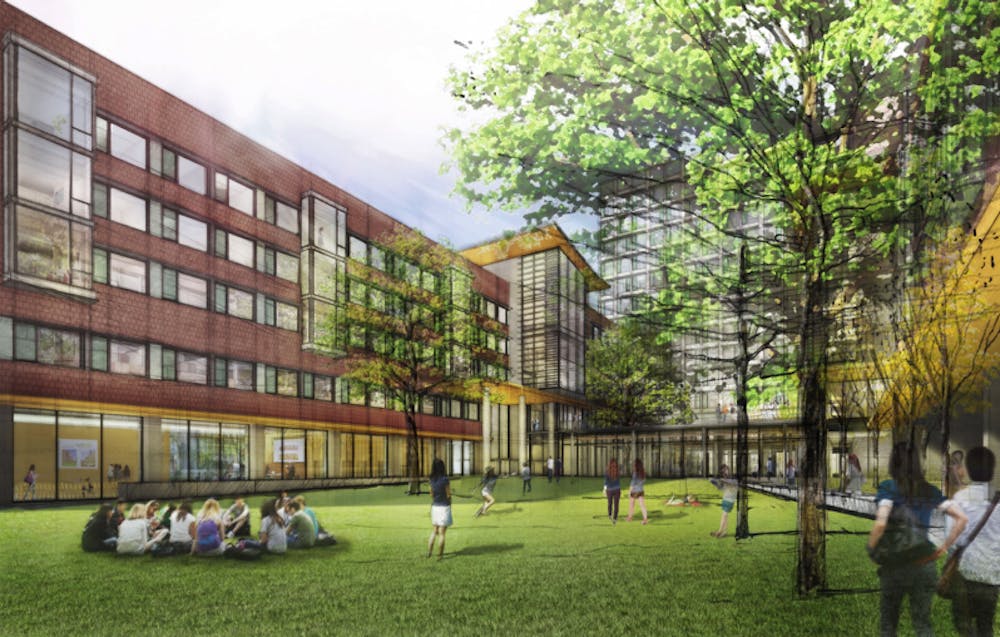
He also said that he will be working on many buildings outlined in the Power of Penn campaign, including the Wharton Academic Research Building, the Penn Medicine Pavilion, and New College House West. Additionally, Kocent said that the office is planning to renovate landscapes on campus in the coming year, including Woodland Walk and the area of 34th Street between Walnut and Spruce streets.
Kocent emphasized that his work at Penn over the years helped prepare him for his newest role.
“I worked alongside the University Architect for all those years, and then had the opportunity this year to move up and graduated to that role,” he said. “There’s a sense of continuity here.”
“It’s not someone totally new coming in,” Rizzi added.
The Daily Pennsylvanian is an independent, student-run newspaper. Please consider making a donation to support the coverage that shapes the University. Your generosity ensures a future of strong journalism at Penn.
Donate




